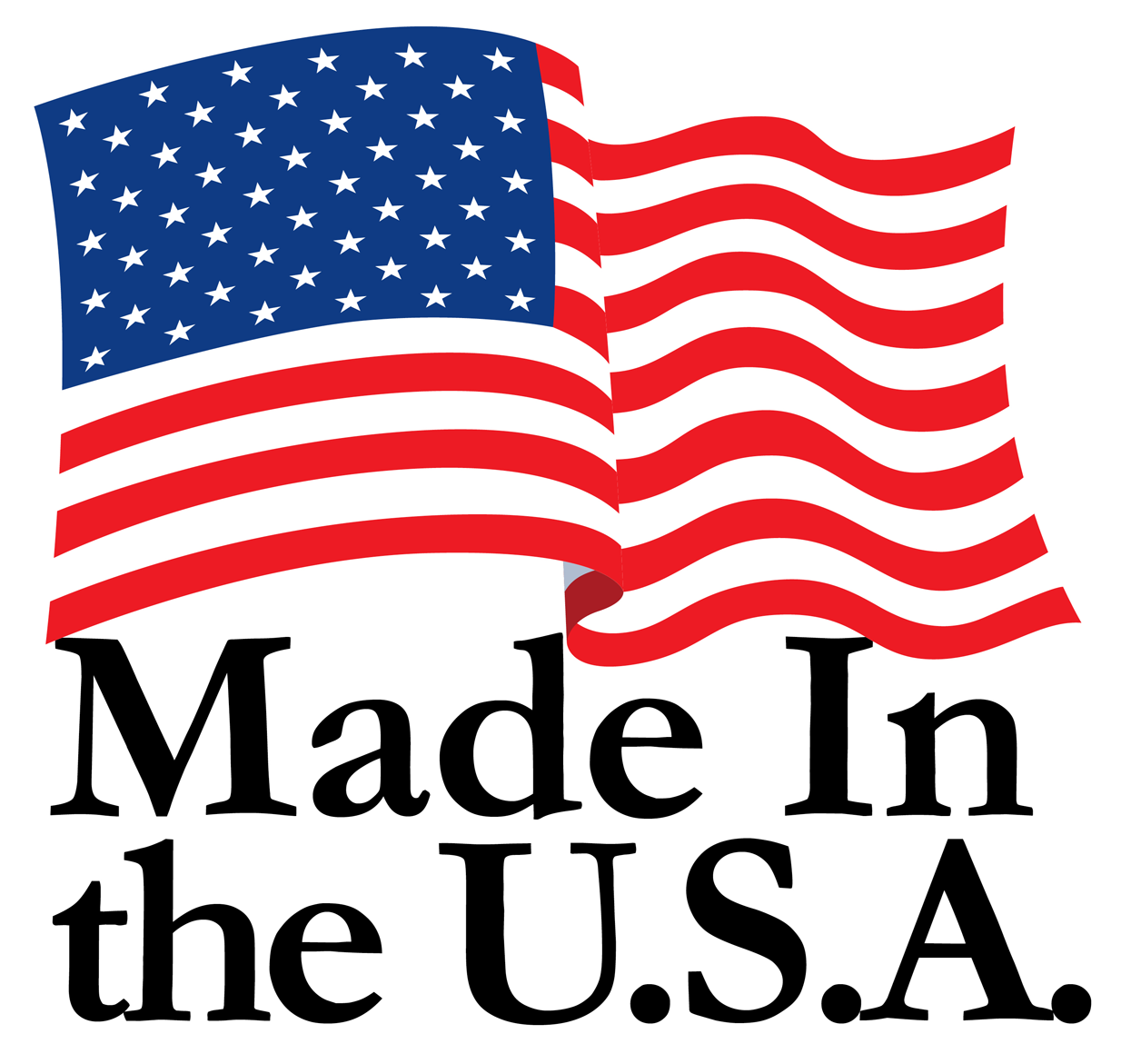1. Chemical Composition
- AISI 1008:
- Carbon (C): 0.10% max
- Manganese (Mn): 0.30–0.50%
- Phosphorus (P): 0.040% max
- Sulfur (S): 0.050% max
- Iron (Fe): Balance
- Characteristics: Low-carbon steel with minimal alloying elements, making it soft, ductile, and easy to form.
- AISI 1080:
- Carbon (C): 0.75–0.88%
- Manganese (Mn): 0.60–0.90%
- Phosphorus (P): 0.040% max
- Sulfur (S): 0.050% max
- Iron (Fe): Balance
- Characteristics: High-carbon steel with higher carbon and manganese content, increasing hardness and strength but reducing ductility.
2. Mechanical Properties
- AISI 1008:
- Tensile Strength: ~340 MPa (49 ksi)
- Yield Strength: ~210 MPa (30 ksi)
- Elongation: ~45% (high ductility)
- Hardness: ~95 HRB (soft, easily formed)
- Characteristics: Excellent formability and weldability due to low carbon content. Suitable for cold forming, bending, and drawing. Limited strength and wear resistance.
- AISI 1080:
- Tensile Strength: ~770–930 MPa (112–135 ksi, depending on heat treatment)
- Yield Strength: ~440–620 MPa (64–90 ksi)
- Elongation: ~10–12% (lower ductility)
- Hardness: ~229 HB (as-rolled; higher with heat treatment)
- Characteristics: High strength and hardness, especially after heat treatment (e.g., quenching and tempering). Less ductile, prone to cracking during forming.
3. Applications
- AISI 1008:
- Automotive body panels, fenders, and brackets
- Sheet metal for enclosures and appliances
- Welded tubing and wire products
- Used in applications requiring high formability, such as:
- Ideal for processes like deep drawing, bending, and stamping, as seen in Metal Stamping Atlas’s Processes
- AISI 1080:
- Cutting tools, knives, and blades
- Springs and high-strength wires
- Agricultural tools and machinery components
- Suited for high-strength, wear-resistant applications, such as:
- Often heat-treated to enhance hardness for demanding environments.
4. Processing Characteristics
- AISI 1008:
- Formability: Excellent for cold forming due to low carbon content, which reduces work hardening.
- Weldability: Superior weldability with minimal risk of cracking, suitable for MIG, TIG, and resistance welding.
- Machinability: Moderate; softer material can lead to gummy chips during machining.
- AISI 1080:
- Formability: Limited due to high carbon content, which makes it brittle and prone to cracking during bending or forming unless annealed.
- Weldability: Poor; high carbon content increases the risk of cracking during welding, requiring preheating and post-weld heat treatment.
- Machinability: Better than 1008 when annealed, but hardened 1080 is challenging to machine.
5. Heat Treatment Response
- AISI 1008:
- Limited response to heat treatment due to low carbon content. Can be case-hardened (e.g., carburizing) to increase surface hardness but not suitable for through-hardening.
- Typically used in the annealed or as-rolled condition.
- AISI 1080:
- Excellent response to heat treatment, such as quenching and tempering, achieving high hardness (up to 60 HRC) and strength.
- Commonly used in hardened or tempered states for tools and springs.
6. Cost and Availability
- AISI 1008: Generally less expensive due to lower carbon and alloy content. Widely available as sheet, strip, or wire for stamping and forming applications.
- AISI 1080: More costly due to higher carbon content and processing requirements (e.g., heat treatment). Available in bars, rods, or sheets for specialized applications.
7. Key Differences Summary
|
Property |
AISI 1008 |
AISI 1080 |
|
Carbon Content |
Low (0.10% max) |
High (0.75–0.88%) |
|
Strength |
Low to moderate |
High (especially after heat treatment) |
|
Ductility |
High (excellent formability) |
Low (brittle, limited formability) |
|
Weldability |
Excellent |
Poor (requires special care) |
|
Applications |
Automotive panels, enclosures |
Tools, springs, high-strength parts |
|
Heat Treatment |
Limited (case-hardening) |
Excellent (through-hardening) |
AISI 1008 is a low-carbon steel ideal for applications requiring formability and weldability, such as automotive panels and stamped components. AISI 1080, a high-carbon steel, offers superior strength and hardness for tools and springs but sacrifices ductility and weldability. The choice between them depends on the application’s demands—1008 for flexible, cost-effective forming, and 1080 for high-performance, durable components. For custom metal stamping solutions.
